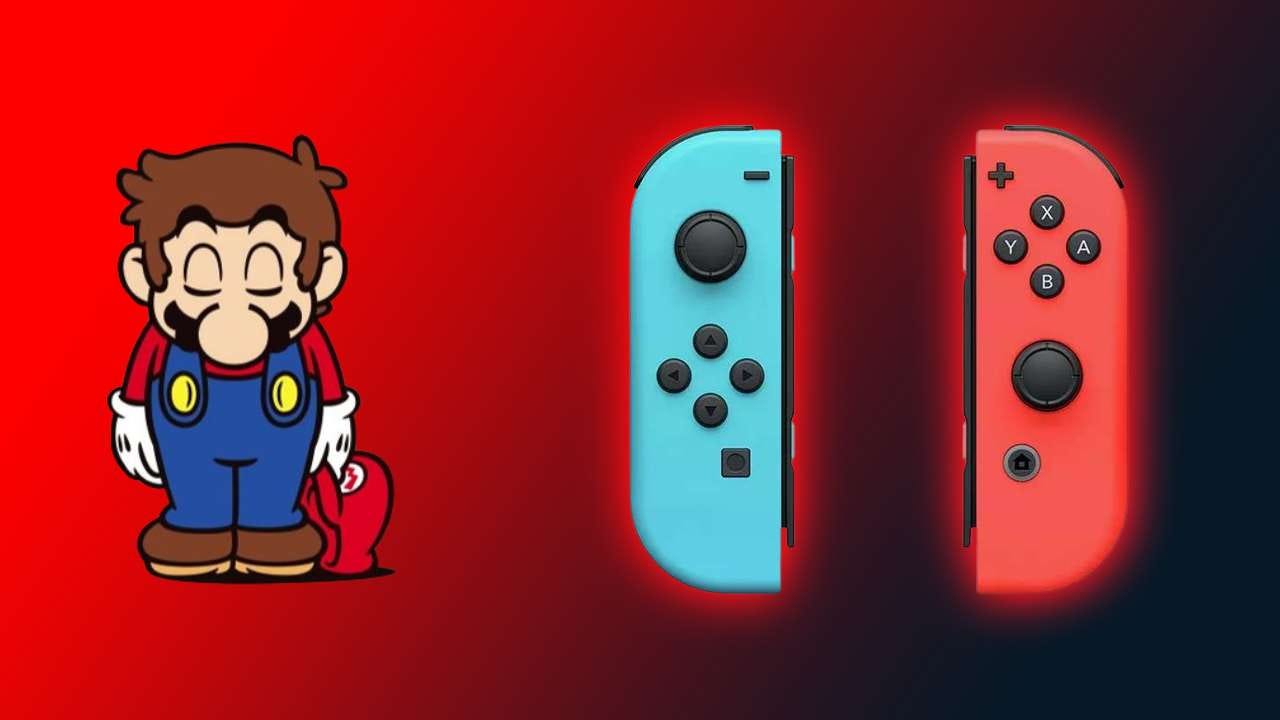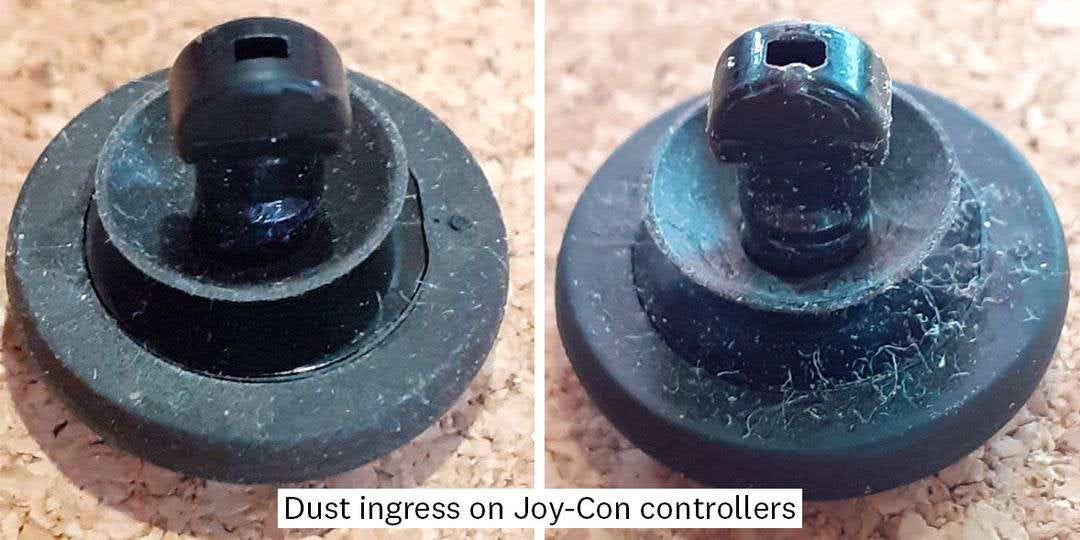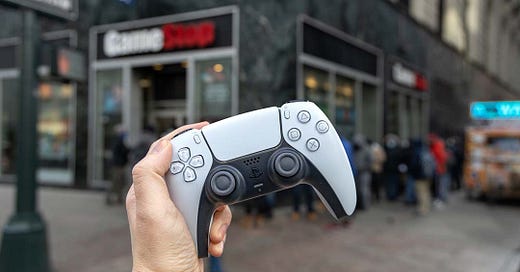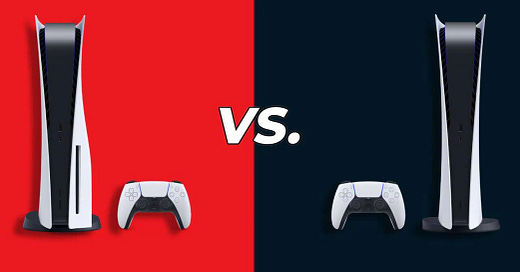
Nintendo Switch Joy-Con drift is caused by a 'mechanical fault', says UK consumer group
UK consumer group Which? has called on Nintendo to fix any affected Joy-Con controllers by offering free repairs and replacements
➡️ The Shortcut Skinny: Joy-Con drift
🕵️ Consumer watchdog Which? has carried out a new study investigating Joy-Con drift
👻 The issue causes the Joy-Con controller’s analog sticks to register false inputs
😱 Which? found that all five sets of Joy-Con it examined suffered the same mechanical issues
🙏 The consumer group has urged Nintendo to offer “no-quibble” repairs and replacements
Consumer group Which? has undertaken a new investigation into Nintendo Switch Joy-Con drift, and the results make grim reading.
Which? acquired five pairs of Joy-Con controllers that were exhibiting stick drift and found that a mechanical issue is likely to be the main cause of the problem. It also argued that Nintendo hasn’t done enough to address Joy-Con drift and that consumers have suffered as a result.
If you haven’t experienced Joy-Con drift firsthand, it’s a frustrating fault that can make playing the best Nintendo Switch games a nightmare. Essentially, the analog sticks of the controller will register false or ghost inputs. For example, if your onscreen character or reticule may move around the screen without you touching the sticks, meaning you’re locked in a constant battle for control.
After tearing down the affected controllers in a lab, Which? found that the left Joy-Con was most commonly affected – which isn’t surprising considering it’s used far more than the right Joy-Con in general play.
It also observed that both Joy-Con were inadequately equipped to prevent dust and other contaminants from making it into the internal components, that all plastic circuit boards showed signs of wear on the joystick slider contact points, and this was the main cause of stick drift.
“While there are variances between the construction of the individual controllers, the common features noted are the wear on the joystick slider contact points (present on all of the plastic circuit boards) and the ingress of dust/contamination,” said the Which? lab report.
“It may therefore be the case that the drift issue is caused by the wear to the circuit board, or a combination of this wear together with the dust/contamination ingress.”
According to Which?, 52% of Switch owners who experienced Joy-Con drift bought a replacement pair to address the problem. It also found that 79% of customers who contacted Nintendo received a repair or replacement for free, but 19% had to pay for the problem themselves.
Which? said the cost of repairing a faulty Joy-Con controller is estimated to be £26.40 (about $32) and £52.80 (about $64) for the pair. A new set of Joy-Con controllers often retails for $70.
Which? presented its finding to Nintendo, and the Kyoto-based company responded with the following statement:
“The percentage of Joy-Con controllers that have been reported as experiencing issues with the analogue stick in the past is small, and we have been making continuous improvements to the Joy-Con analogue stick since its launch in 2017.
“We expect all our hardware to perform as designed, and, if anything falls short of this goal, we always encourage consumers to contact Nintendo customer support, who will be happy to openly and leniently resolve any consumer issues related to the Joy-Con controllers’ analogue sticks, including in cases where the warranty may no longer apply.”
Rocio Concha, Which? director of policy and advocacy, said: “Nintendo Switch drift has been plaguing gamers for years now, and we've found evidence that mechanical issues are likely to blame.
“Nintendo must get a grip on the problem and provide free repairs, compensation, refunds or replacements to any consumers who have been impacted by this issue since the launch of the console.”
Nintendo has come under fire for Joy-Con drift in the past, with multiple class action lawsuits being filed in the US. The company finally admitted there was a problem with the Joy-Con controllers back in 2020 At the time, Nintendo told The Verge:
“At Nintendo, we take great pride in creating quality products and we are continuously making improvements to them. We are aware of recent reports that some Joy-Con controllers are not responding correctly. We want our consumers to have fun with Nintendo Switch, and if anything falls short of this goal we always encourage them to visit http://support.nintendo.com so we can help.”
Nintendo also conceded that stick drift is inevitable, due to how analog sticks are designed. After the launch of the Nintendo Switch OLED, in a Q&A discussing the development of the new console, senior executive and general manager of technology development Ko Shiota said the company had made “improvements that may not always be visible” since 2017, but that wear is unavoidable when physical parts are in contact with one another.
“...car tires wear out as the car moves, as they are in constant friction with the ground to rotate,” said Shiota. “So with that same premise, we asked ourselves how we can improve durability, and not only that, but how can both operability and durability coexist? It’s something we are continuously tackling.”
Can stick drift ever be fixed?
The short answer is yes, but it would require Nintendo, Sony and Microsoft to use hall effect sensors instead of the commonly used potentiometer joysticks. Hall effect joysticks don’t suffer from any wear and tear as there’s no physical contact with the sensor itself. Potentiometer joysticks use electronic circuits to register inputs, while hall effect joysticks use a magnetic system.
The GuilKit KingKong 2 Pro is the only Switch controller on the market that won’t develop stick drift due to using hall effect sensors instead of the cheaper potentiometer joysticks. We haven’t tested it yet, hence why it isn’t on our best Nintendo Switch controllers list, but it sounds like a great option for those who are tired of dealing with drifting analog sticks.














